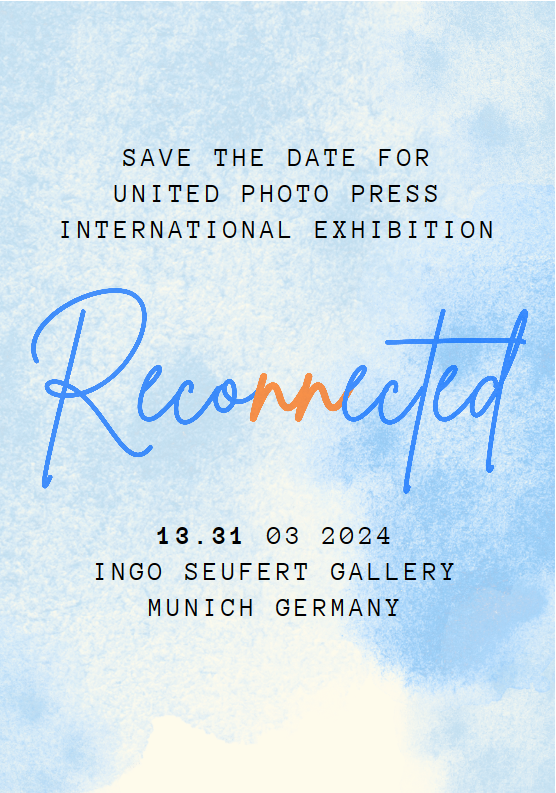Design a super cool office increases productivity, employee satisfaction, and your bottom line.
As an entrepreneur, there are so many aspects to the success of your company that you must consider if you want to compete with the top performers. At the end of the day, when all the emails are sent, the meetings are closed, the bids are in, and the lights are out, you probably aren't thinking about which color paint might look best in your new digs. But you should. The success of your company and the productivity of your employees are directly tied to the design of your workspace. So I sat down with Kenneth Baker, of Gensler, a design firm that really gets the connection, to find out the nitty-gritty details on what office design has to do with the bottom line.
It All Starts With a Strategy
Design as a standalone, is not the only contributor to growth in a workspace, of course. As Kenneth puts it, "You have to start with a strategy, and design every aspect of the workspace around that strategy. It's more than just paint and furniture. You have to provide your employees with what they need to do their jobs, really well." So your strategy is the foundation of the design, and from there, every paint color, every chair, every desk, and every dedicated space lends to the realization of that strategy.
The impact your office design can have on the productivity, the culture, and even the perception of every single potential client or partner that steps foot in your space, is tremendous. Ideas can happen in the most unlikely places... but what if you designed a space to be a likely place for ideas?
Great Design Drives Innovation
At Gensler, they have created something called the Workplace Performance Index (WPI) which measures the success of Fortune 500 companies based on the four different modes of work.
The 4 Main Work Modes:
Focus: Personal space, ergonomically designed for individual focus.
Collaboration: Lounges, niche spaces, designed for co-creation, teamwork, and project collaboration.
Socialization: Lunch rooms, genius bars, designed for building social connections and down time.
Training: Resource areas, such as libraries, designed as learning areas.
The workplace survey is finding astonishing links between well-designed workplaces, innovation, and creativity. The top performing companies out there are embracing good design in the four main work modes, and because of it, they are seeing bigger bottom lines, easier recruitment of top talent, higher retention, and better overall job satisfaction. But how can you use this information to the advantage (and hopefully growth) of your own company? Kenneth was able to break it down into 6 easy ideas you can apply immediately, to take the design of your office to the next level.
6 Ways You Can Design a Super Cool Workspace:
Start With A Strategy: Your strategy for success should be all encompassing of every aspect of your business, and where you intend to take it over the next 3, 5, 10+ years.
Diversify Your Space: Use the top four work modes to base your design on something Fortune 500 companies already know work. Diverse spaces will create multiple opportunities for success.
Choose Colors & Furniture With Purpose: Every option should serve your overall strategy, with a purpose of driving productivity.
Amenities Are Important: Provide amenities that allow your employees to become fully immersed in their day by providing for their daily needs. Amenities like cafeterias, gyms, childcare, outdoor spaces, and coffee shops will only drive up the productivity and commitment from your employees.
Empower Your Employees: Everyone works, and thrives, differently. Empowering your employees to understand this and to work in the spaces, and at the times, they are most productive. Choices like this will drive innovation.
Build Connections: Employees need to have a connection to their work and the meaning or purpose behind what they are building. A broader concept of this purpose, and each employee's role in your company provides them with a deeper connection to what they are creating, which will result in more meaningful work.
What we are learning is that design can truly transform a company, their productivity, and their bottom line. It's time to start paying attention to the details, they could be costing you more than you think.





